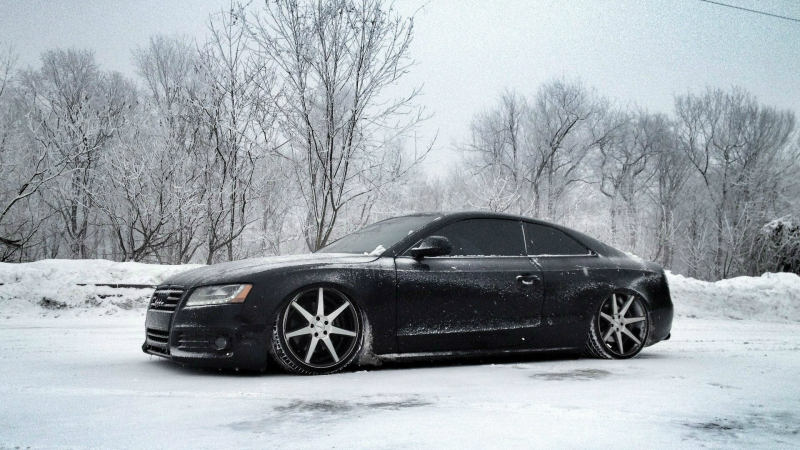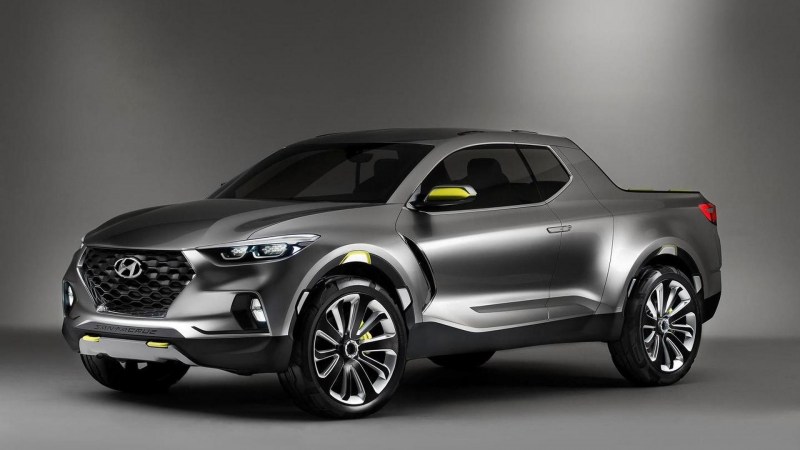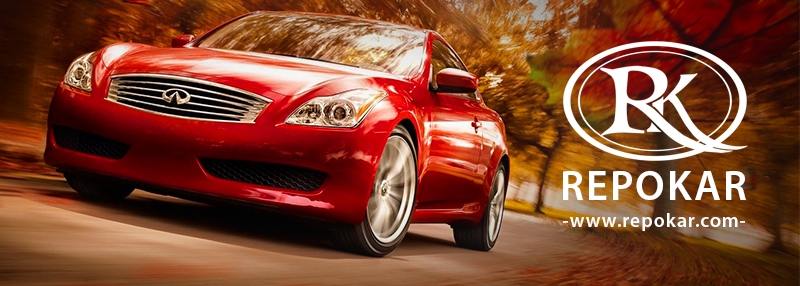We’ve been waiting to see what will Ferrari reveal this year at Geneva Motor Show, since last year it updated its FF model and named it GTC4 Lusso and people were really attracted to that one. This time it went even far by reviving its F12 Berlinetta and rechristened it the Ferrari 812. The automaker was utilizing a suffixed moniker that originated in a proto-muscle car Enzo concocted back in 1957 when he stuffed a big V12 into a car originally meant for a smaller one and baptized it the 4.9 Superfast. At least the capitalization and compound wording in this honorific finally makes sense, giving respite to the Spell Check programs worldwide.

Ferraris have always, or almost always, been lovely objects to behold, but it still amazes us that a brand that so often nails its design language the first time around finds means and actualization for improvement when it comes time to spruce things up. We were obsessed with the appearance of the first FF, but the heart-stopping GTC4 Lusso wiped our memory of that hatchback like some process out of a Philip K. Dick story. Similarly, this 812 Superfast obviates our Total Recall of its predecessor, and not just because the slightly larger naturally-aspirated V12 in its aquiline front makes nearly 60 more horsepower. The design is less encumbered that that of the F12, with smoother flow, fewer disruptive channels and voids, and additional streamlining that give the new car a more balanced profile and proportion. A thicker, and more sailing C-pillar in the back also raises the tail, providing an elegant and functional (Super) fastback design that echoes famed Ferraris of yore.

This car may represent the end of the line for Ferrari's naturally-aspirated V12 engine as the sole powerplant of its front-engine grand touring and super sports cars, a tradition dating back to the founding of the road car brand 70 years ago this year. (An electric battery pack is expected to supplement the next-generation cars in 2020.) Electric power provides its own liberations and challenges for designers. How will this affect the appearance of future cars?











